The banking ecosystem is expanding.
Many banks have announced their operations as financial-banking corporations and have not stopped expanding their ecosystems.
In 2025, a bank has just planned to establish a life insurance company with a charter capital of VND 2,000 billion and contribute capital and buy shares of a fund management company to complete its ecosystem. Currently, the group model of this bank has 4 main members, including the parent bank, consumer finance company, securities company and non-life insurance company.
The bank's leaders affirmed that expanding the ecosystem to life insurance companies and fund management is a step to complete the Bank's diverse financial services ecosystem in the new development stage, completing the puzzle piece in the multi-industry financial group model.
With MB, after receiving the mandatory transfer of OceanBank and turning this bank into a subsidiary of MBV, MB's ecosystem has 9 members including 3 banks (MB, MBCambodia, MBV) and 6 member companies (MBS-securities, MBCapital-investment fund management, MIC-insurance, MB Ageas-life insurance, MBAMC-debt management and asset exploitation, Mcredit-consumer finance).
Mr. Luu Trung Thai, Chairman of the Board of Directors of MB, said that MB is a leading financial group with full member companies in different fields. This structure helps MB develop a complete ecosystem, aiming to become a leading financial group in the market.
Some banks, although not claiming to operate as a group, are part of a complex ecosystem with backyard real estate corporations. At the same time, banks are constantly planning to expand their ecosystems. This year, MSB, SeABank, and Sacombank said they want to acquire a securities company; Techcombank announced its intention to establish a life insurance company with capital of at least VND1,300 billion.
Benefits and challenges
Over the past decades, Vietnamese banks have grown mainly thanks to commercial banking (mainly lending). However, with NIM (net interest margin) finding it difficult to increase strongly and competition for loans becoming increasingly fierce, the growth drivers for banks in the coming time will be investment banking (asset management, securities, insurance, mergers and acquisitions consulting, etc.) and services. This is also the reason why the race to become a multi-industry financial group model is increasingly exciting.
In the context of strong digitalization, diversifying the ecosystem, "one-stop" to serve multiple utilities for customers is a competitive weapon of banks. Banks with poor ecosystems find it difficult to retain customers. Dr. Can Van Luc, Chief Economist of BIDV , said that this trend has been formed for a long time in developed economies and Vietnam cannot avoid this trend.
With the support of technology, especially Big Data and Artificial Intelligence (AI), operating under a corporate model helps banks increase cross-selling, launch products suitable for each customer's characteristics, minimize risks, and diversify revenue. Owning an ecosystem helps banks provide comprehensive financial solutions to customers, from investment to savings, financial management, loans, etc., thereby optimizing profits, increasing convenience for customers, and increasing competitiveness.
However, in reality, many banks, when taking advantage of the diverse ecosystem according to the corporate model, are ambiguous in providing and informing customers about products. Many banks launch "automatic profit" products with attractive interest rates for customers. However, in the media, they are misleading customers into thinking that they are saving, not investing. In fact, when participating in this product, customers sign a contract with a securities company (a subsidiary of the bank), or an asset management company (a partner of the bank), not signing a contract to deposit money in the bank.
Similarly, some banks offer bonds, which many people misunderstand as savings products.
Lessons from the investment-disguised insurance of SCB and some commercial banks show that without strict regulations on investment banking and commercial banking products, many disputes may arise in the future. Some loopholes may even become a “termite nest” that can destroy the entire dike.
In particular, the situation of banks in the real estate group ecosystem is even more worrying, associated with the complexity of cross-ownership. Although the Law on Credit Institutions 2024 has tightened regulations to prevent cross-ownership, the Governor of the State Bank of Vietnam (SBV) admitted that if shareholders and related parties intentionally conceal through "standing in their names", it will be very difficult for SBV to control.
Source: https://baodautu.vn/mo-hinh-tap-doan-tai-chinh-cua-nhieu-ngan-hang-thuong-mai-vu-khi-canh-tranh-con-trong-phap-ly-d283313.html


![[Photo] Prime Minister Pham Minh Chinh receives Rabbi Yoav Ben Tzur, Israeli Minister of Labor](https://vphoto.vietnam.vn/thumb/1200x675/vietnam/resource/IMAGE/2025/5/21/511bf6664512413ca5a275cbf3fb2f65)
![[Photo] Prime Minister Pham Minh Chinh attends the groundbreaking ceremony of Trump International Hung Yen Project](https://vphoto.vietnam.vn/thumb/1200x675/vietnam/resource/IMAGE/2025/5/21/ca84b87a74da4cddb2992a86966284cf)
![[Photo] Determining the pairs in the team semi-finals of the National Table Tennis Championship of Nhan Dan Newspaper](https://vphoto.vietnam.vn/thumb/1200x675/vietnam/resource/IMAGE/2025/5/21/eacbf7ae6a59497e9ae5da8e63d227bf)

![[Photo] Scientific workshop "Building a socialist model associated with socialist people in Hai Phong city in the period of 2025-2030 and the following years"](https://vphoto.vietnam.vn/thumb/1200x675/vietnam/resource/IMAGE/2025/5/21/5098e06c813243b1bf5670f9dc20ad0a)



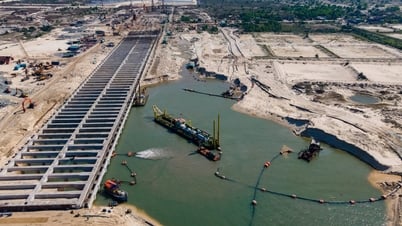
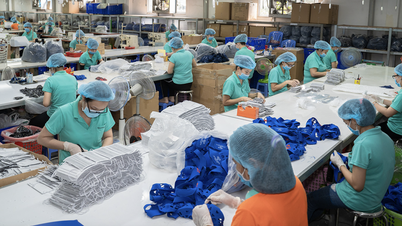

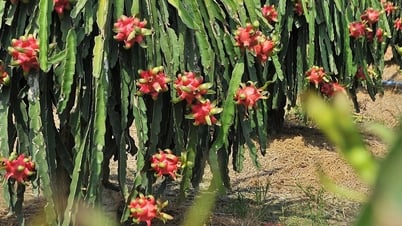
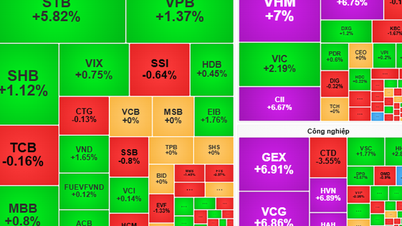






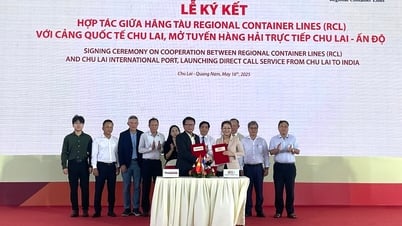















































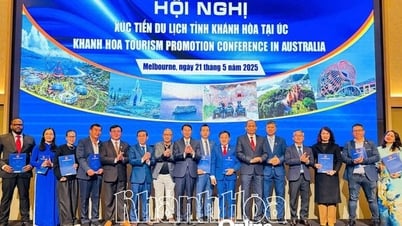


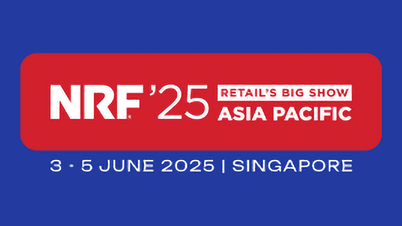




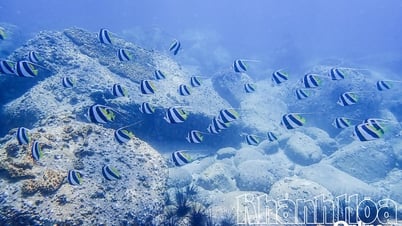
















Comment (0)